SPACE RACE
Nasa’s Artemis mission – to the moon and beyond
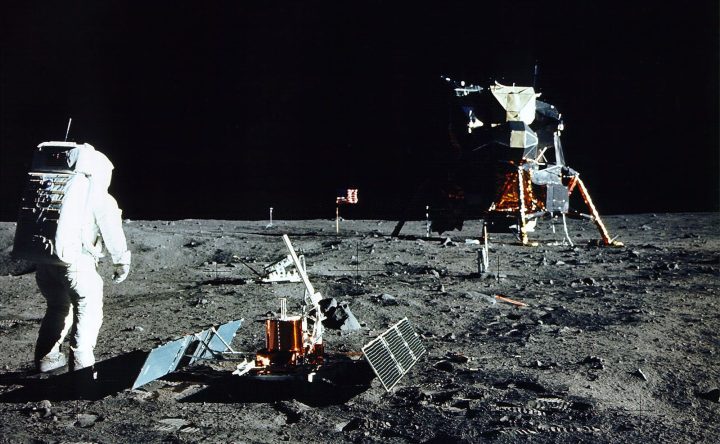
Nasa is planning to bring human life back to the moon for the first time in decades. With the launch of Artemis I on the horizon, here is what you need to know about this next step for humankind.
On 16 July 1969, Nasa launched Apollo 11, carrying Commander Neil Armstrong, Command Module Pilot Michael Collins and Lunar Module Pilot Edwin “Buzz” Aldrin into space. Four days later, the lunar module “Eagle” touched down on the moon’s surface, and hours later Armstrong took “one small step for man, one giant leap for mankind”.
Now, 53 years later, astronomers are building on the knowledge from Apollo to launch Artemis, aiming to send humans back to the moon to walk in Armstrong’s famous footsteps.
The astronauts’ primary goal was clear – perform a crewed lunar landing and return to Earth – but there were other things on the to-do list. The crew was tasked with deploying a camera that transmitted signals back to Earth, performing wind, solar and seismic experiments, extensively photographing the terrain and gathering lunar samples to bring back to Earth.
While the mission focused on research, answering questions and sending information back home, the future was always on Nasa’s mind. Central to the Apollo programme was also establishing the technology “to meet other national interests in space”, “achieving pre-eminence in space for the United States” and “developing human capability to work in the lunar environment”.
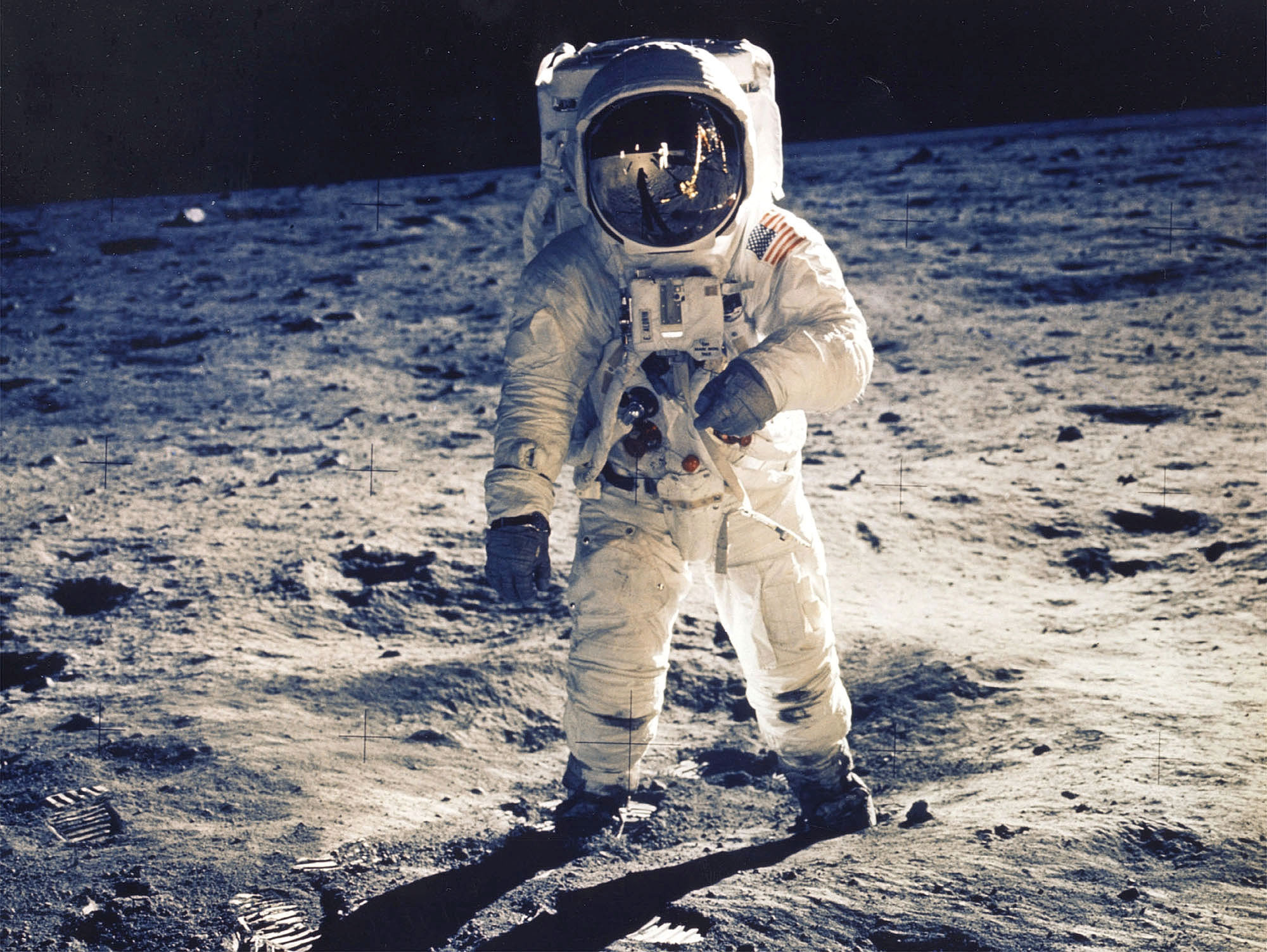
Astronaut Edwin E. Aldrin Jr., Lunar Module Pilot, stands near a scientific experiment on the lunar surface. Man’s first landing on the Moon occurred on 20 July 1969 as Lunar Module “Eagle” touched down gently on the Sea of Tranquility on the east side of the Moon. Image: Nasa / Getty Images
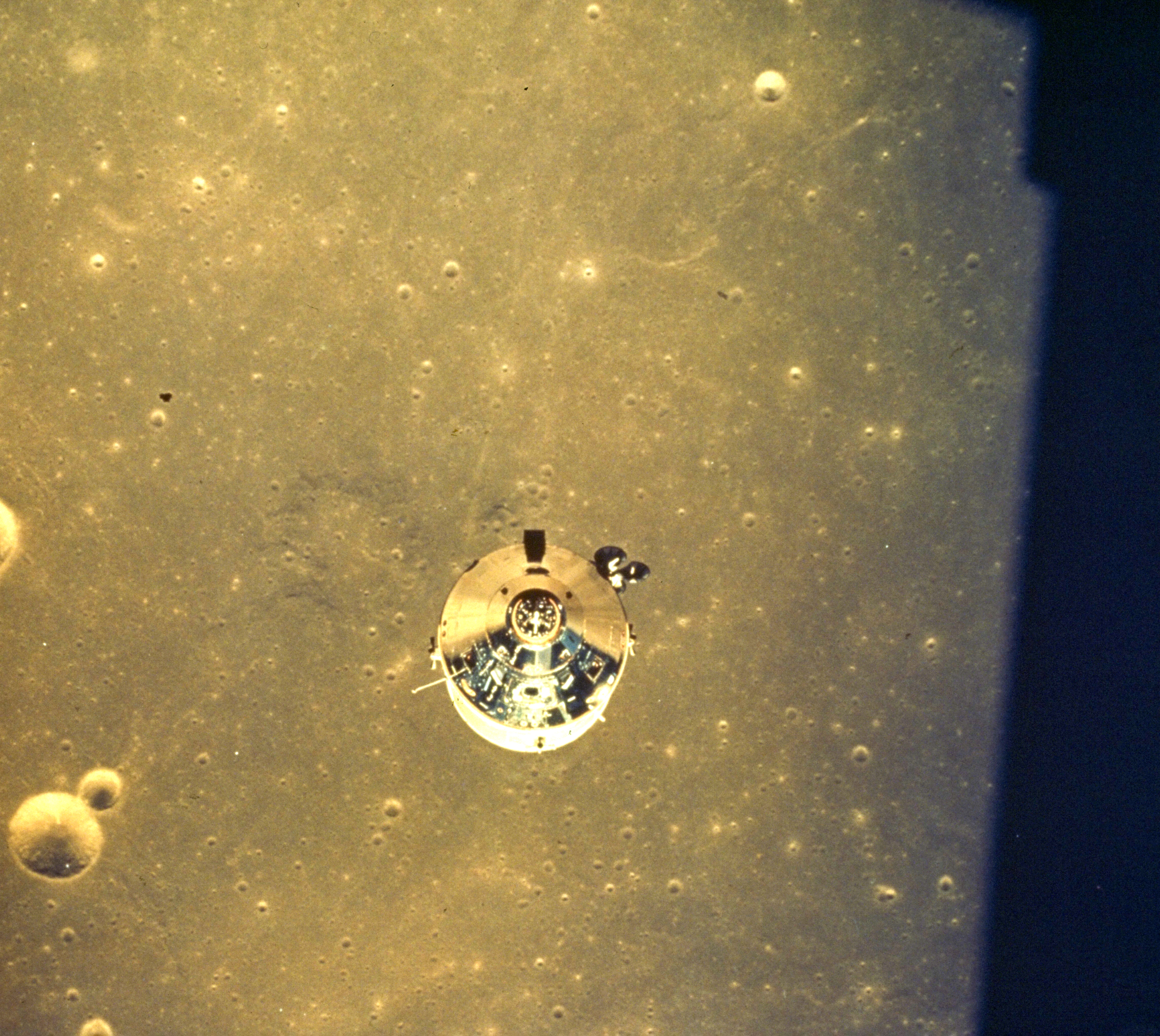
The Apollo 11 space module above the surface of the moon. Image: Hulton Archive / Getty Images

An Apollo 11 astronaut’s footprint in the lunar soil, photographed by a 70 mm lunar surface camera during the Apollo 11 lunar surface extravehicular activity. Image: NASA / Newsmakers
What is Artemis?
Artemis is the name given to Nasa’s mission to return to the moon and continue the exploration that began six decades ago. Artemis is building on the Apollo mission, mirroring the relationship between their namesakes of Greek myth.
According to legend, Artemis and Apollo were twin deities, born to the titan Leto and god Zeus. In Greek mythology, Artemis and Apollo had a synchronous relationship; working in tandem, with the brother having dominion over the day, raising the sun across the sky, and his sister having dominion over the night, drawing the moon as night fell. As Nasa looks to launch Artemis, the twins will once again be reunited, working together to further humanity in space, personified by Artemis, the goddess of the moon.
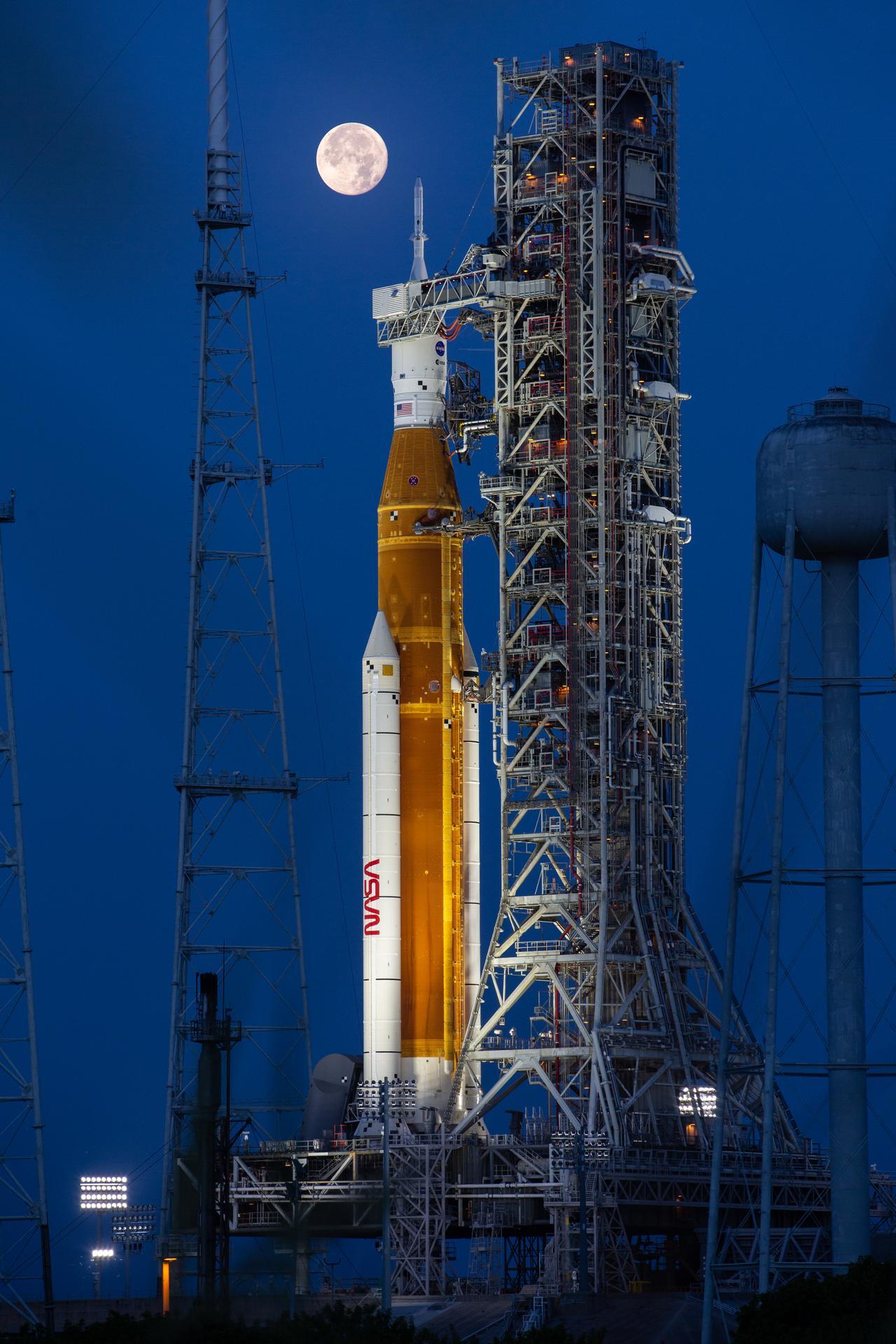
Full Moon over Artemis-1 on 14 July 2022, as the integrated Space Launch System and Orion spacecraft await testing. Image: NASA / Cory Huston
The Artemis project is Earth’s collaborative programme to explore the moon and beyond, and Artemis I is just the first of a series of missions “that will provide a foundation for human deep space exploration and demonstrate [Nasa’s] commitment and capability to return humans to the moon and extend beyond”, the space agency said.
As Gretchen Benedix, a professor at Curtin University, writes for The Conversation, “we, the humans of this planet, need to go back to the moon for many reasons, but the most important one is the challenge – to extend ourselves, to innovate and progress”.
In the Artemis programme Nasa plans to initiate robotic explorations this year, and then send astronauts to the surface of the moon by the end of the decade with the Artemis III mission.
It doesn’t stop there, as the space agency plans to use all of this new knowledge to power its most exciting mission yet: sending humans to Mars.
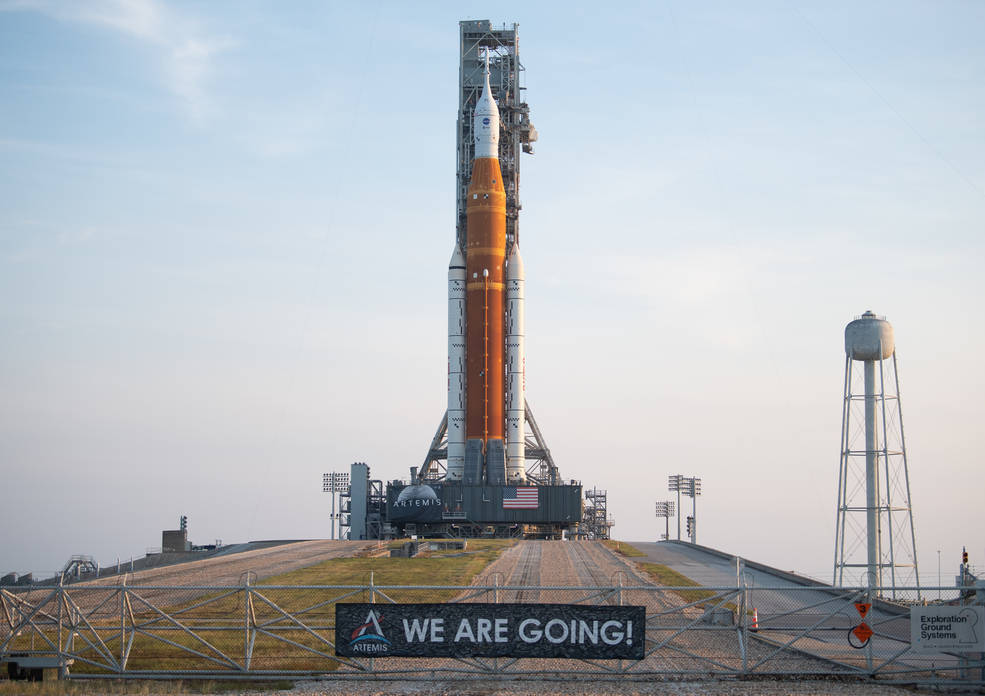
NASA’s Space Launch System (SLS) rocket with the Orion spacecraft aboard is seen atop a mobile launcher at Launch Pad 39B, 17 August, 2022, after being rolled out to the launch pad at NASA’s Kennedy Space Center in Florida. Image: NASA / Joel Kowsky
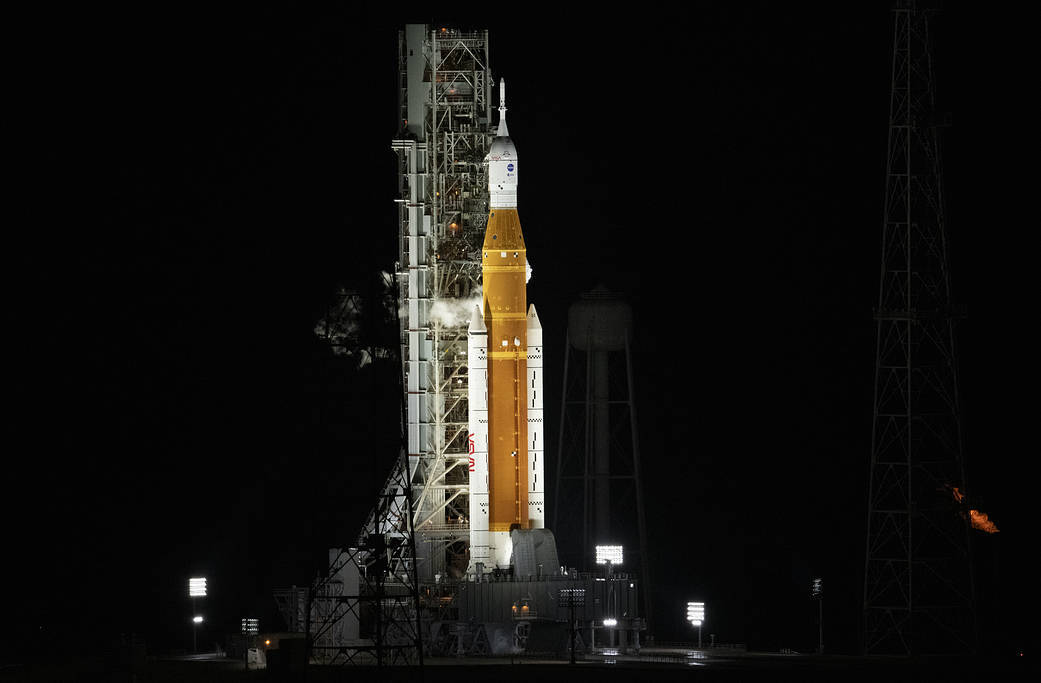
NASA’s Space Launch System (SLS) rocket with the Orion spacecraft aboard is seen atop the mobile launcher at Launch Pad 39B, Monday, 29 August 2022, as the Artemis I launch teams loaded more than 700,000 gallons of cryogenic propellants including liquid hydrogen and liquid oxygen. Image: NASA/Joel Kowsky
Artemis I
Artemis I is the first in a series of missions, and will be the first test run of Nasa’s deep space exploration systems, which include the Orion spacecraft, Space Launch System (SLS) rocket and Nasa’s ground systems.
No humans will be in Artemis I, but the mission will allow Nasa to gather knowledge in preparation to send people into space in the future. Orion, the spacecraft designed to carry humans safely beyond Earth and back, will be launched on the SLS rocket from a spaceport at the Kennedy Space Center in Florida.
According to Nasa, Orion will travel more than 450,000km from Earth and thousands of kilometres beyond the moon during its 42-day trip, flying further than any spacecraft built for humans to date.
“This is a mission that truly will do what hasn’t been done and learn what isn’t known,” says Mike Sarafin, Artemis I mission manager at Nasa headquarters in Washington.
Once out of Earth’s orbit, small, 1.33kg, 10cm x 10cm x 11cm satellites called CubeSats will be deployed to perform various experiments which will help scientists understand the technicalities of space exploration. The CubeSats will supply Nasa with data around the effects of the deep space environment on biological systems like humans, will investigate the risks and challenges of various destinations and scout for ice deposits and favourable locations which could be used for human survival.
Meanwhile, Orion will continue its journey to the moon, demonstrating navigation, communication and operation in a deep space environment and staying in the moon’s orbit to collect data from which mission controllers will assess its performance.
Orion, a state-of-the-art spaceship
Decades after the last human lunar exploration, Orion is equipped with new, state-of-the-art equipment to keep astronauts safe, in constant communication with Nasa and with the ability to get home.
The further Orion takes humanity, the better these facilities must be, and it is fitted with environmental control and life support systems that can remove carbon dioxide and humidity from inside the ship, helping passengers to breathe better and preventing corrosion of the equipment.
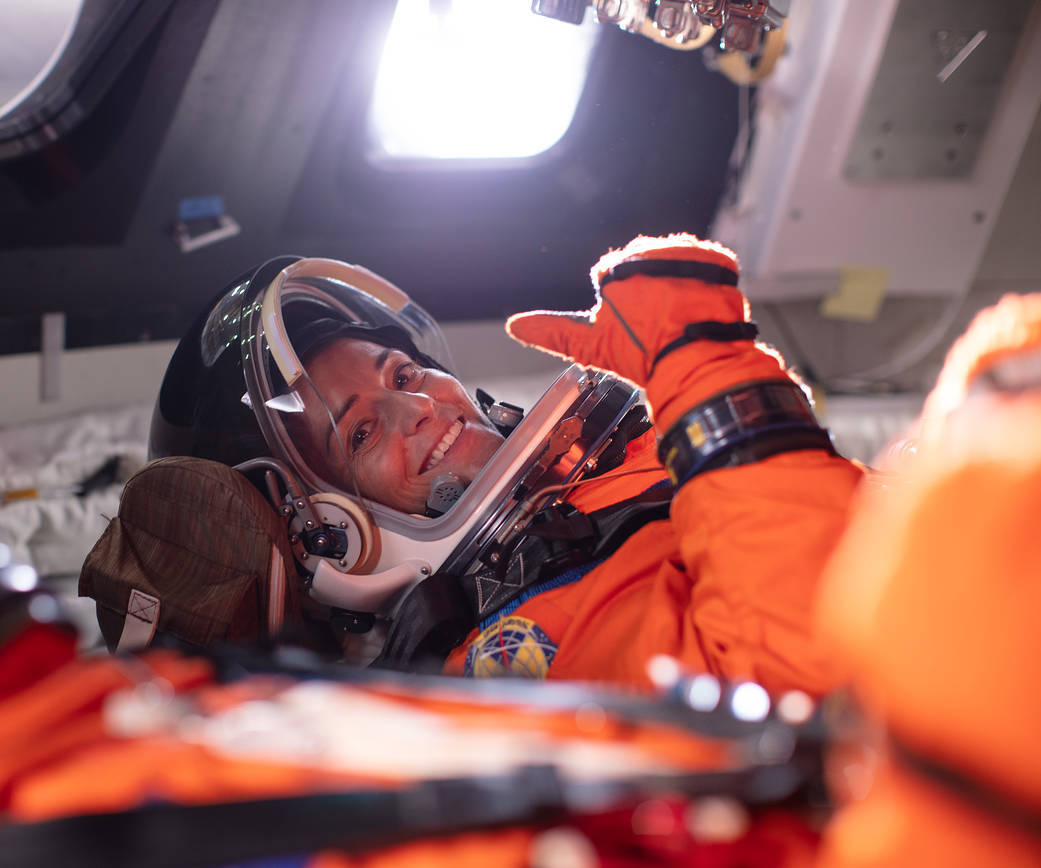
NASA astronaut Nicole Mann gives a thumbs up from inside the Orion mockup, Wednesday, July 10, 2019 at NASA’s Johnson Space Center in Houston, Texas.
Designers were also tasked with getting the most out of the limited space there is on board, maximising crew comfort but having enough space to accommodate the larger quantities of food and water needed for longer missions. Orion is also fitted with exercise equipment to keep astronauts in shape to counter zero-gravity and prevent muscle and bone atrophy.
Not only is the environment inside vital, but the ship also needs to protect passengers from the outside. Orion’s heat shield, the largest of its kind yet built, will protect the spacecraft from temperatures of up to 2,760°C, while the ship is designed to protect itself against high levels of radiation from charged particle and solar storms, and has self-checking radiation monitors and a makeshift storm shelter below the main deck in the event of a solar radiation event.
For its return trip to Earth, Orion will accelerate homeward using the combined power from a service module and the force from the moon’s gravity at 11 kilometres per second. This is incredibly important, as getting back safely requires technologies that can help a spacecraft endure speeds 30 times the speed of sound and heat half as hot as the sun, according to Nasa.
The spacecraft’s final test will be its ability to return to the planet and land safely off the coast of California.
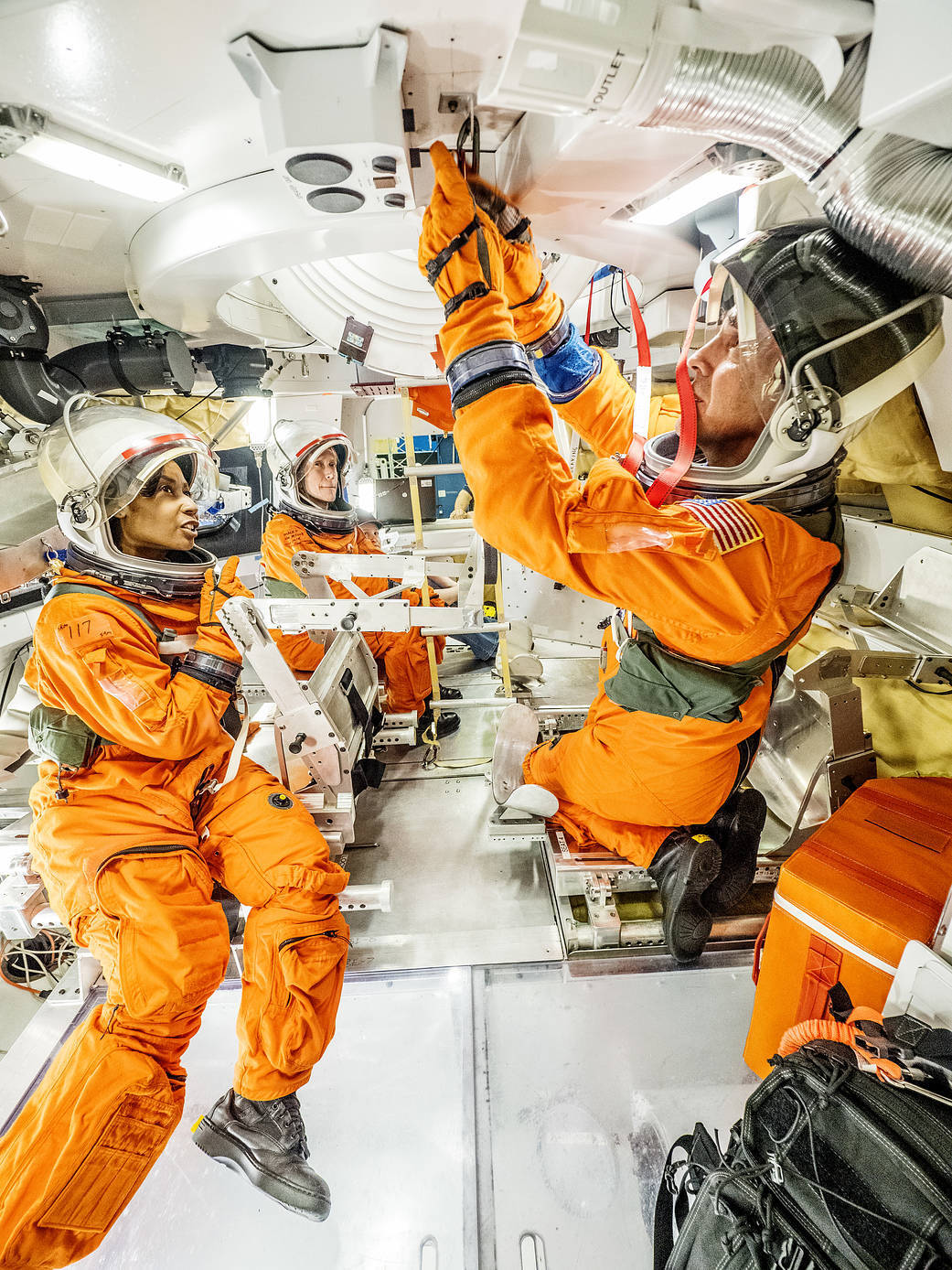
Engineers and astronauts conducted testing in a representative model of the Orion spacecraft at NASA’s Johnson Space Center in Houston to gather the crew’s feedback on the design of the docking hatch and on post-landing equipment operations. The testing, shown here with astronauts Stephanie Wilson, Karen Nyberg and Rick Mastracchio (L to R), was done to evaluate the equipment used during egress to ensure that a fully suited crew member carrying survival equipment can get out of the spacecraft through the docking hatch if necessary. Image: Nasa
Failure to launch
While Artemis I is a “test run” for future missions, it is a giant leap towards Nasa’s goal of going further than anyone has before. However, it has already encountered a few stumbling blocks, before it has even had a chance to lift off.
Initially scheduled to launch on 3 September, engineers detected a liquid hydrogen leak on the morning of the mission and rushed to seal it. A few hours later, the leak was detected again, and the launch was called off.
Though the seal was repaired and the leak fixed, Nasa now faced another setback: setting a precise launch date and awaiting favourable conditions.
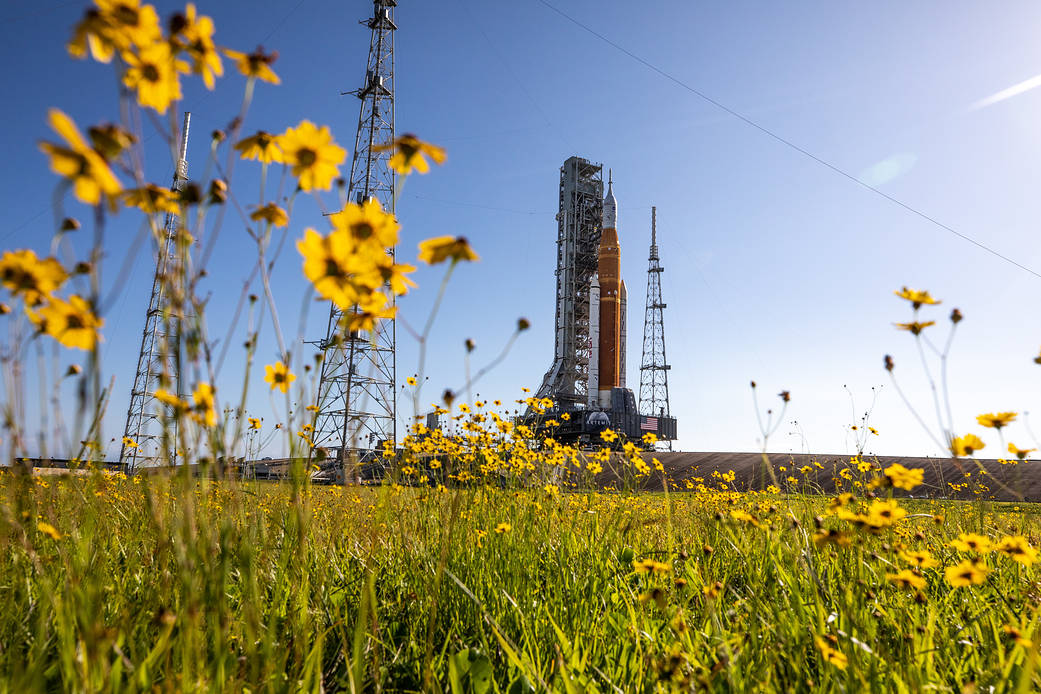
With wildflowers surrounding the view, NASA’s Space Launch System (SLS) Moon rocket – carried atop the Crawler-Transporter 2 – arrives at Launch Pad 39B at the agency’s Kennedy Space Center in Florida on June 6, 2022. The first in an increasingly complex series of missions, Artemis I will test the SLS rocket and Orion spacecraft as an integrated system prior to crewed flights to the Moon. Through Artemis, NASA will land the first woman and first person of color on the lunar surface, paving the way for a long-term lunar presence and using the Moon as a steppingstone before venturing to Mars. Image: NASA / Ben Smegelsky
Launches cannot occur at just any moment, and scientists have to be meticulous about scheduling, accounting for any and all possible meteorological events:
The weather has to have an average temperature of more than 5°C over 24 hours and cannot exceed 34°C for more than 30 minutes, and the wind cannot exceed 39 knots. The launch cannot take place in precipitation, if there is more than a 20% chance of lightning nearby, if the flight path is near a thunderstorm, heavy cloud or smoke, or if there is severe or extreme solar activity that could damage electronic circuits and affect radio communication.
In other words, the weather has to be near perfect for the launch to be possible, and Nasa has pencilled in 27 September 2022 for its next opportunity.
Exciting missions on the horizon
Should everything go to plan on the Artemis I mission, Nasa will launch Artemis II in 2024, a test flight where, for the first time, a crew will be on board to physically demonstrate Orion’s systems.
Four astronauts will be aboard when Orion orbits Earth twice before heading for the moon to test the ship’s lunar capabilities.
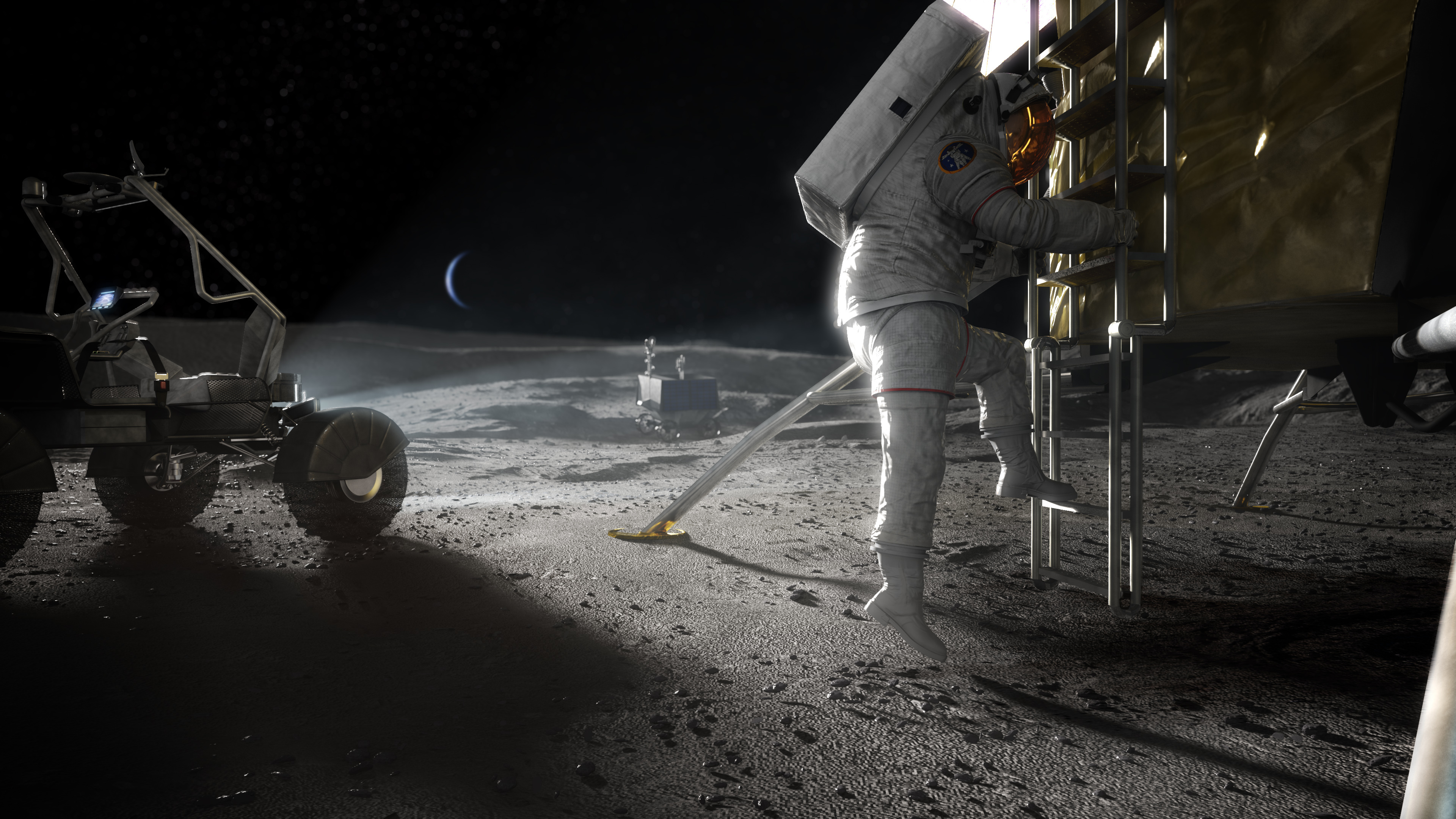
Concept image of an Artemis astronaut stepping onto the lunar surface. Image: Nasa

Illustration of Nasa astronauts on the lunar South Pole. Image: Nasa
Following Artemis I and II, four astronauts will begin the Artemis III mission, where 21st-century humans will land on the moon for the first time.
Though the teams remain unconfirmed at the time of writing, Nasa plans to land the first woman and first person of colour on the surface of the moon during this mission, during which astronauts will explore the lunar South Pole.
Then, Nasa says, “we will use what we learn on and around the moon to take the next giant leap: sending the first astronauts to Mars.” DM/ML
In case you missed it, also read In pictures: The James Webb telescope’s first images
Visit Daily Maverick’s home page for more news, analysis and investigations

















 Become an Insider
Become an Insider
Comments - Please login in order to comment.